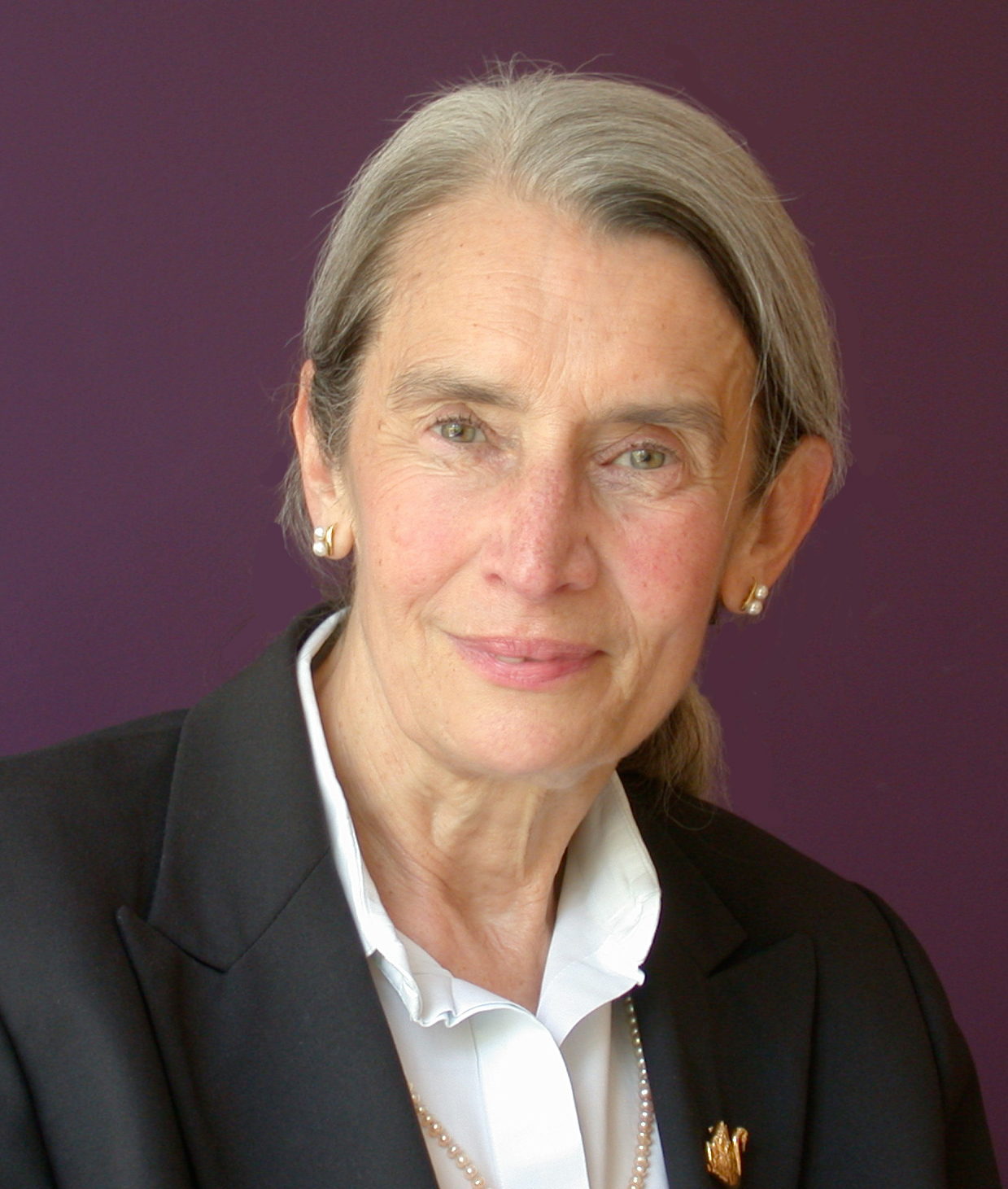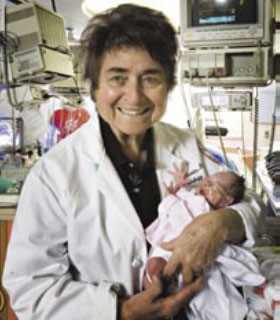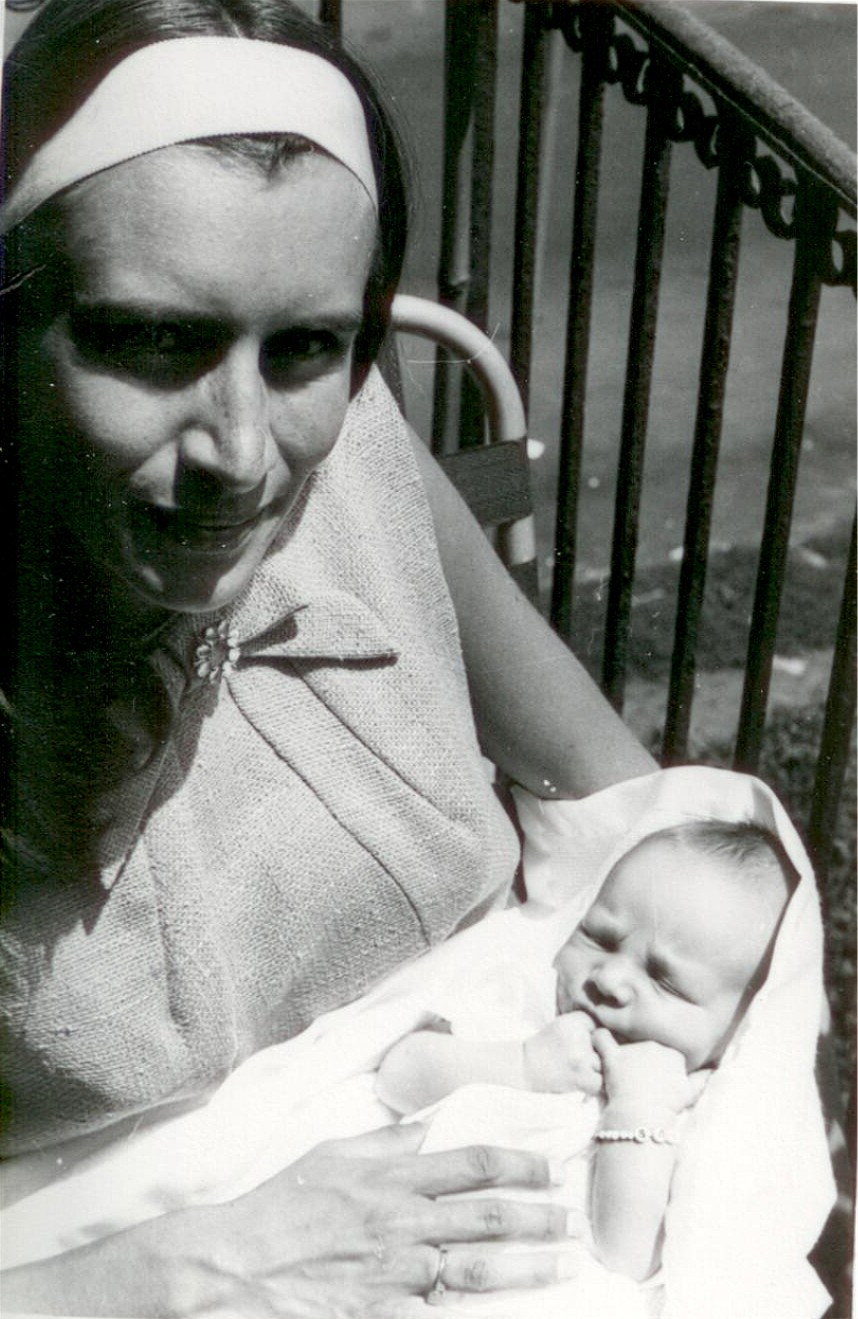
As the NFI (NIDCAP Federation International) launches its first blog, it seems appropriate to share how the seeds of NIDCAP (Newborn Individualized Developmental Care and Assessment Program) germinated. The purpose of the NFI’s blog is to build awareness for our organization and its visionary and dedicated members, who, quite literally, change lives. This and future posts by NIDCAP Researchers, Trainers, NIDCAP Professionals, parents of preterm infants, members of our Board of Directors, and special guest bloggers will provide an opportunity to convey the NFI’s perspective and to receive your comments and questions.
Life puts us in places that we may come to appreciate in their full significance only later. While a child in Germany during World War II, I saw again and again how overcoming extreme difficulties builds character. This, and all the other hardships around me, shaped me and it inspired me to study how people, from early on, are molded by their environment.
When I came to the United States as a graduate student at the University of Pennsylvania, I had the good fortune to visit the newborn intensive care unit (NICU) at Philadelphia General Hospital, one of the earliest NICUs in the U.S. at the time. Convinced that the dearth of appropriate experiences in the NICU was harmful for these immature human infants, Margaret (Peggy) Williams, MD, a pioneer neonatologist, collaborated with my advisor, Sandra Scarr, PhD, a developmental psychologist, to improve not only the infants’ chances of survival but also their cognitive and emotional well-being and that of their inner city mothers. These insightful researchers innovated the first preterm infant developmental care program. Colorful mobile birds moved gently above the infants within the incubators. A group of specially trained nurses on this project was encouraged to speak to and gently stroke the infants as well as hold, feed, and rock them. Skilled guidance counselor social workers supported the mothers’ well-being resulting in significant positive improvements for both infants and parents.1-3

I had the opportunity to collect the infants’ one-year outcome data, which meant home visits mainly in West Philadelphia’s housing project neighborhoods where most taxis refused to go. I met amazing young women, strong grandmothers, and tough appearing young men, all proud of their tiny babies, who had ‘made it’. Jackdocconosdi . I witnessed and was humbled by these families’ many strengths. Just a year or so later, Maria Delivoria Papadopoulos, MD invited me into the NICU at the Hospital of the University of Pennsylvania, where I was studying the first interactions of full-term newborn infants with their adolescent inner-city mothers. I jumped at the opportunity to have the chance to watch tiny preterm infants close-up. Never mind that I was the ‘bagger’ trying to help the infants breath, and the ‘dabber’ of the neonatologists’ brows as they attempted to exchange fresh blood for the infants’ poorly oxygenated blood in a valiant effort to combat dreaded lung disease.4 My fascination and awe was for the determination of these infants, who curled up, fought against the hands that tried to hold them down and keep them still, and swiped against anything that came towards them. They flailed, arched, and gave their all to get back to what they had been doing in the womb, sucking on their hands and fingers, tucking themselves up into little curled up balls, and cradling and hugging themselves into cozy comfortable positions. When Nilsson published his first incredible fiber-optic photographs of the fetus,5 I immediately saw how competent, yet misunderstood, these babies were, and how distinct and individual their different personalities expressed themselves in their behavior. This is when I resolved to figure out how to do justice to their competence, and to warrant and gain their trust.

When I gave birth to an infant son of my own, it turned out that he had a neurological problem. I drew from all my life experiences, personal and professional, to understand better what my son was trying to tell me in his own way while he struggled to do his very best.
Though NIDCAP has grown over the past 40 years through the dedication of my many colleagues, who are all driven by the passion to care for preterm infants and their parents, it has been the infants themselves, believed in and supported by their parents, who have done the hardest work to reach their potentials. To them, I am ever grateful for the lessons of strengths, courage, and hope that they have taught me.
It behooves us to listen closely to the voices of all children, no matter how small at birth, and to their families,
Heidelise Als, PhD
- Williams ML, Scarr S. Effects of short-term intervention on performance in low-birthweight, disadvantaged children. Pediatrics 1971; 47:289-298.
- Scarr-Salapatek S, Williams ML. A stimulation program for low birth weight infants. Am J Public Health 1972; 62:662-667.
- Scarr-Salapatek S, Williams ML. The effect of early stimulation on low-birthweight infants. Child Dev 1973; 44:94-101.
- Delivoria-Papadopoulos M, Morrow G, Oski FA. Exchange transfusion in the newborn infant with fresh and “old” blood: the role of storage on 2, 3-diphosphoglycerate, hemoglobin-oxygen affinity, and oxygen release. Peds 1971; 79: 898-903.
- Nilsson L. Behold Man. Boston: Little, Brown and Company; 1973.
